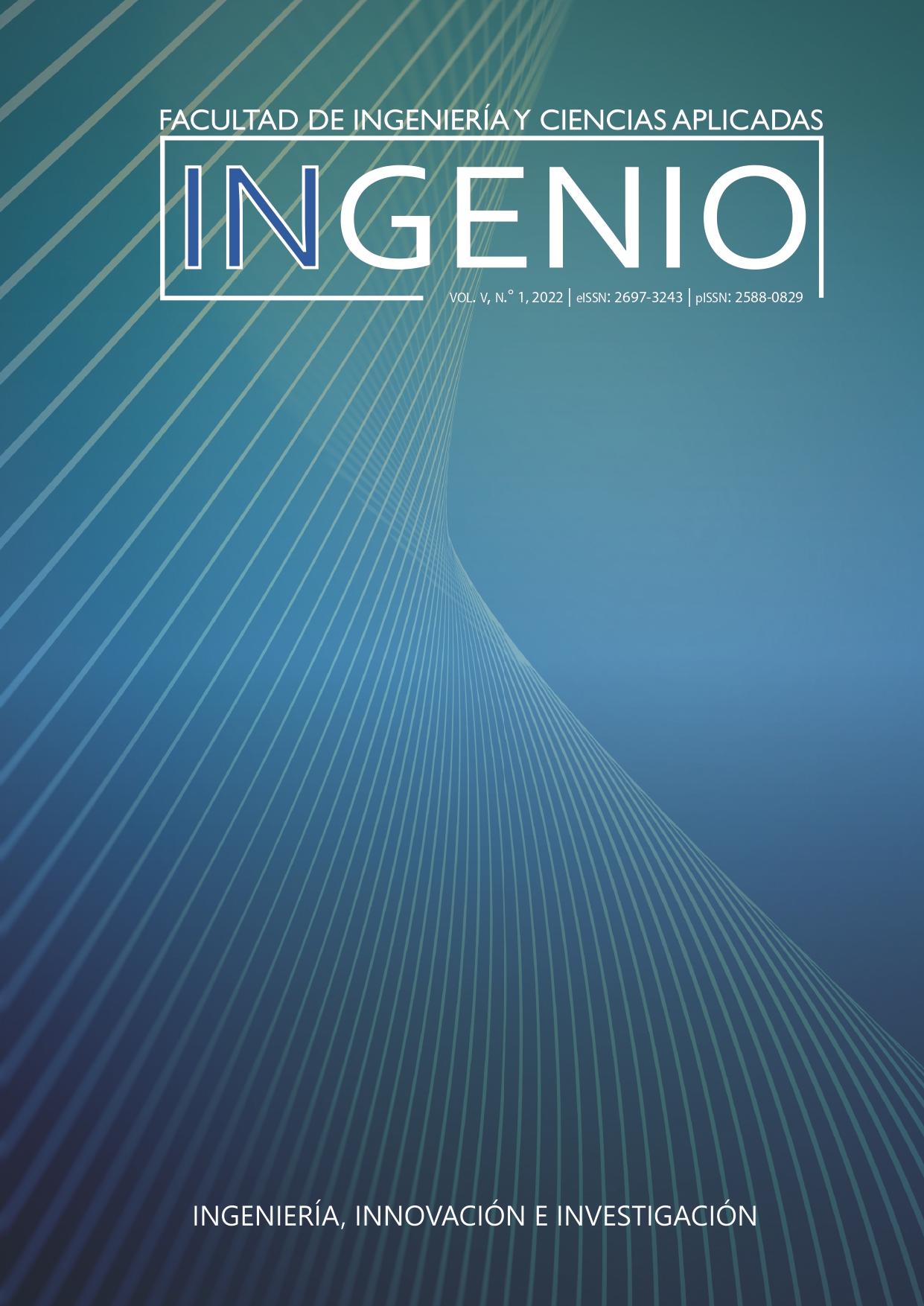Study of the Incorporation of Nano-SiO2 in High-Performance Concrete (HPC)
Main Article Content
Abstract
This research project aims to study the influence of the addition of nanosílice particles on the physical and mechanical properties of high-performance concrete: compression resistance, tensile strength, elastic module, Poisson module and break module. Nanosilica particles were included as a replacement of 0.75%, 1.5% and 3% by weight of the cement amount of a pattern concrete and also replacements of 5% and 10% of microsilica. The high performance concrete was designed to fulfill the characteristics of having a f’c greater than 55 MPa and having high workability, to meet the desired workability, a superplastifying additive was used. Microscopy test were conducted to determine the influence of silica additions in the microstructure and in the hydration of the concrete. From the results obtained, it was concluded that the optimal percentage of nanosilica is 1.5%. At 28 days of age, the results of the tests carried out determined that the optimal percentage of nanosilica with respect to the pattern concrete and the microsilica concretes produces an improvement of: resistance to compression of 8.44% and of 7.52%, tensile strength of 4.31% of 26.30%, break module of 16.21% of 9.63%, and elasticity module of 16.53% and 4.51% respectively. Nanosilica replacement showed to be viable and beneficial for the physical-mechanical properties of high performance concrete.
Downloads
Metrics
Article Details

This work is licensed under a Creative Commons Attribution-NonCommercial-NoDerivatives 4.0 International License.
References
ACI CT-18: ACI Concrete Terminology
Imbaquingo, A. (2012). Diseño de hormigón de alto desempeño (tesis de pregrado). Escuela Politécnica Del Ejercito, Sangolquí, Ecuador.
ASTM 125-20. Terminología referente al concreto y agregados para concreto.
ACI 318-19: Requisitos del Código para hormigón estructural.
Salgado, C. (2010). Estudio de la actividad puzolánica de micro/nanosílice y su aplicación en hormigones de altas resistencias
Khaloo, A., Hossein, M., & Hosseini, P. (2016). “Influence of different types of nano-SiO2 particles on properties of high-performance concrete”. El Sevier, Tehran, Iran.
Kosmatka, S., Kerkhoff, B., Panarese, W., & Tanesi, J. (2004). Diseño Y Control De Mezclas De Concreto (Primera). Illinois- EEUU.
Terence C. Holland: Silica Fume User´s Manual.
ACI 211.4R-08: Guía para la seleccionar proporciones de hormigones de alta resistencia usando Cemento Portland y otros materiales cementicos.
NTE INEN 862 (2011): Áridos para Hormigón. Determinación del Contenido total de Humedad.
NTE INEN 1578 (2010): Hormigón de Cemento Hidráulico. Determinación del Asentamiento.
ACI: 237R-07: Self-Consolidating Concrete. (Reapproved 2019)
NTE INEN 1576: Hormigón de Cemento Hidráulico. Elaboración y Curado en Obra de Especímenes para Ensayo.





